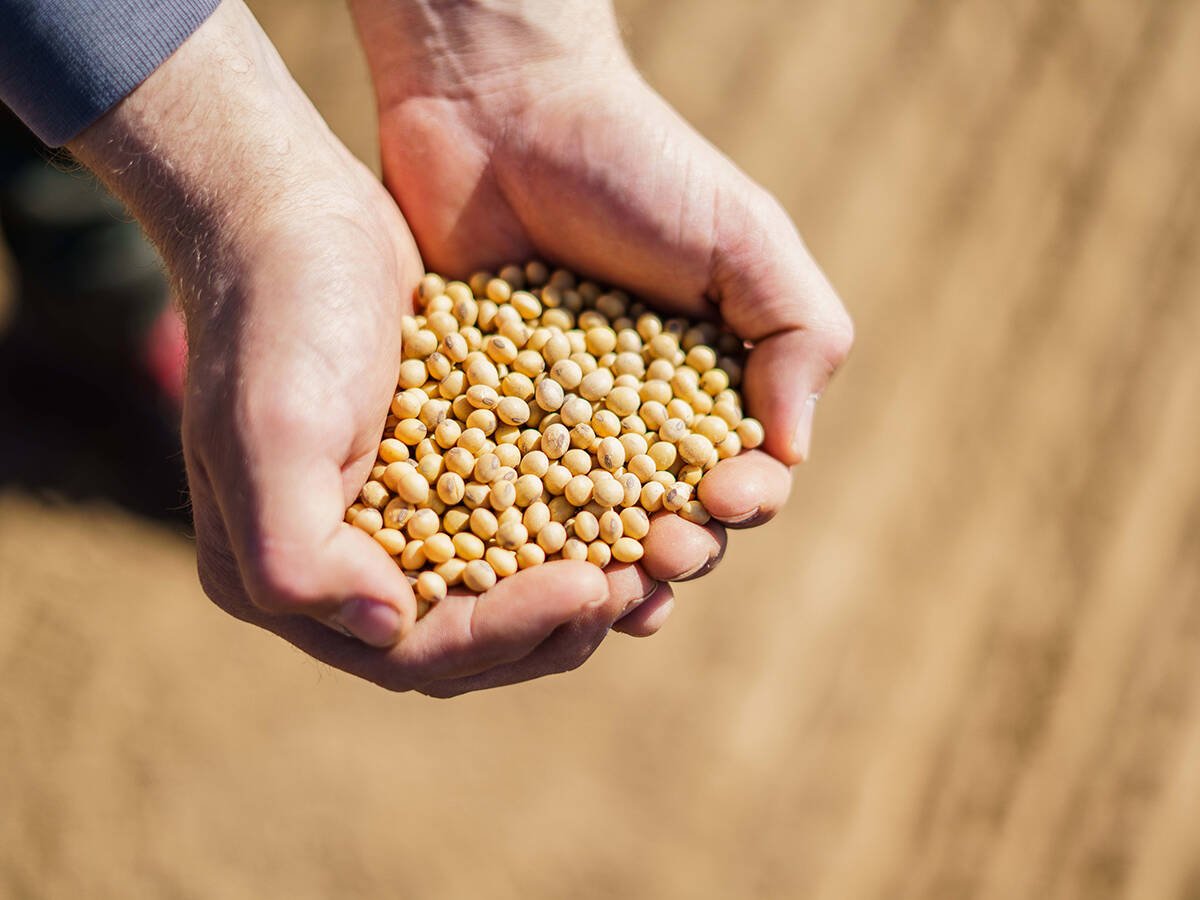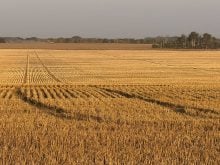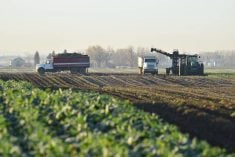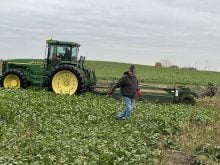SASKATOON – If farmers want good water and healthier animals, they shouldn’t let livestock roam free in the dugouts, according to an Alberta agriculture engineering technologist.
“Cattle do better in clean water than they do mucking about in dirty water,” said Ken Williamson of Red Deer, Alta., during a prairie water quality conference.
A recent three-year study compared water quality from two dugouts. One had grass growing for several metres surrounding the dugout and was fenced off from the cattle. A solar pump provided water to the cattle.
Read Also

U.S. government investigates high input costs
The USDA and DOJ are investigating high input costs, but nothing is happening in Canada.
At the other dugout, cattle had unrestricted access and the surrounding area was not grass.
Contamination from feces in the dugout without grass was “always significantly higher” than the dugout where the animals were not allowed access, said Williamson.
Fecal coliform is an indicator of potential disease-causing organisms that could make cattle ill, cause abortions and prompt weight loss.
The phosphorus levels of the grassed and fenced dugout were low in the first year and higher in the next two years. Williamson suspects the higher phosphorus levels were related to fertilizer applied to the surrounding pasture.
In the third year there were “astronomical levels of phosphorous” in the dugout, he said. High phosphorous creates an environment for heavy algae growth and reduces water quality .
In another study, scientists at the Agriculture Canada research centre at Lethbridge showed yearling steers on fresh water gained 23 percent more over a 71-day period than steers on the same pasture with access to dugout water, he said.
In a second Agriculture Canada study, researchers split a herd of 12 cow-calf pairs into groups. One was watered directly out of dugouts and the other two groups were watered from troughs. One trough was filled with well water, the other with water from a flowing creek.
After the month-long trial period, the cows on the dugout water lost an average of 0.2 kilograms while their calves gained 26.3 kg. The cows on fresh water gained 7.4 kg and their calves gained 33.9 kg.
After this project the researchers followed up with a second project at the Agriculture Canada pastures at Stavely and Onefour, Alta., and Kamloops, B.C. They split the herd into three again. The Alberta cattle had direct access to dugout water, another had dugout water pumped to a trough and the third group had fresh well water in a trough.
This time there were no significant differences in the calf weights, but the results with the cows were significantly better on the fresh water, he said.
These results didn’t hold true in Kamloops. The cattle drinking from a pond actually gained more than those drinking from a spring.
Agriculture Canada researcher Walter Wilms said the results may be an abnormality and could have been caused by giardia in the water or improper weighing techniques.














